Sapphire does the unthinkable and puts 16-pin power connector on an RX 9070 XT
It took an AMD AIB partner to make one of the most aesthetically pleasing implementations of the 16-pin connector.
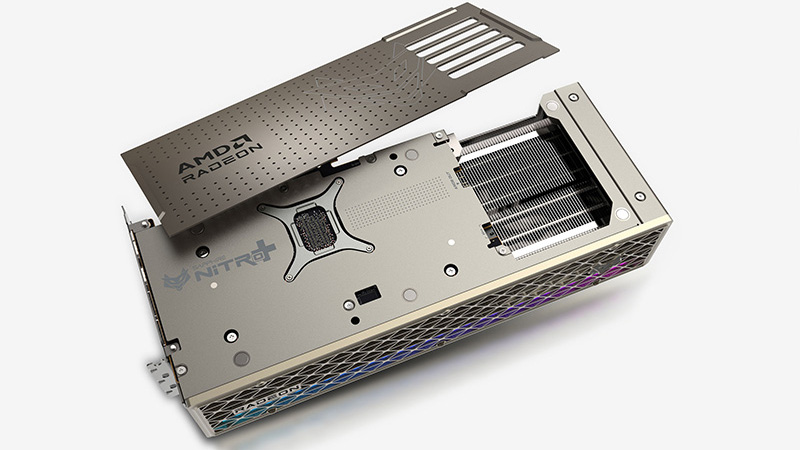
Seeing an AMD graphics card equipped with a 16-pin (12VHPWR/12V-2x6) power connector is exceptionally rare. However, AMD AIB partner Sapphire is dabbling with the connector on its all-new RX 9070 XT Nitro+. Its first implementation of the connector is arguably one of the most aesthetically pleasing implementations of any 16-pin equipped card yet (including Nvidia GPUs).
The Sapphire Nitro+ RX 9070 XT's supplementary connector is located inside the graphics card itself. The connector is hidden underneath a removable backplate that is magnetically attached rather than screwed in. Upon removing the backplate, users will find the 16-pin connector located on the right edge of the PCB, next to a large cut-out above the right fan responsible for "holding" the cable that attaches to the connector. Power cables are routed underneath the graphics card.
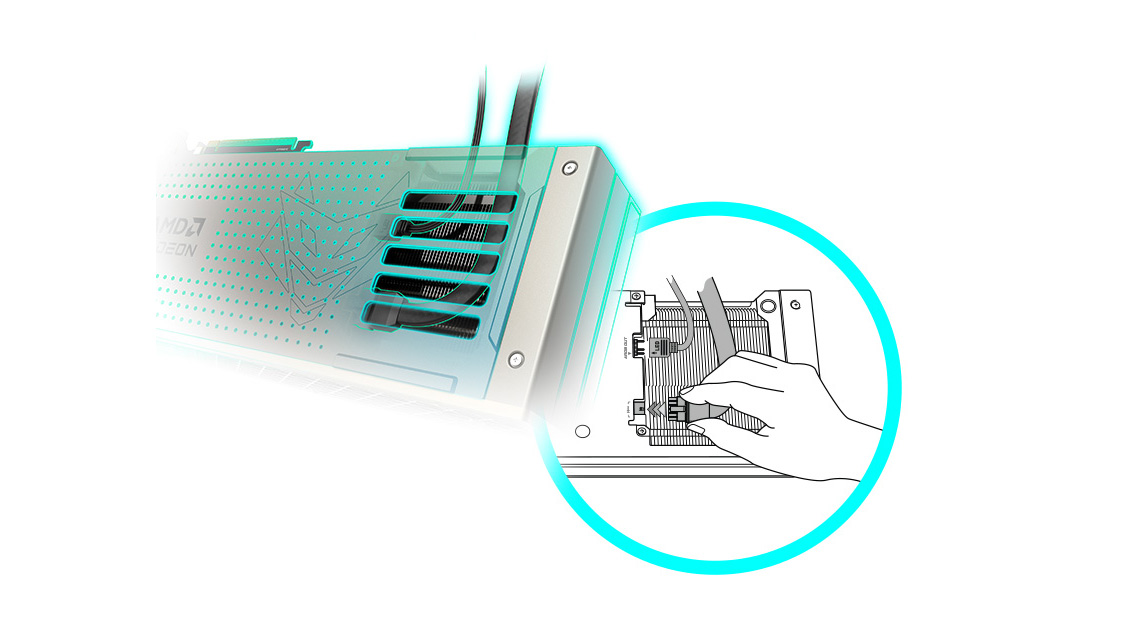
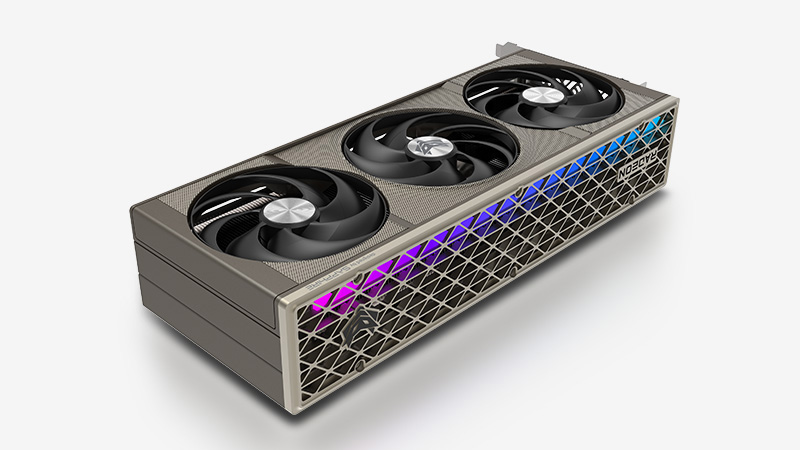
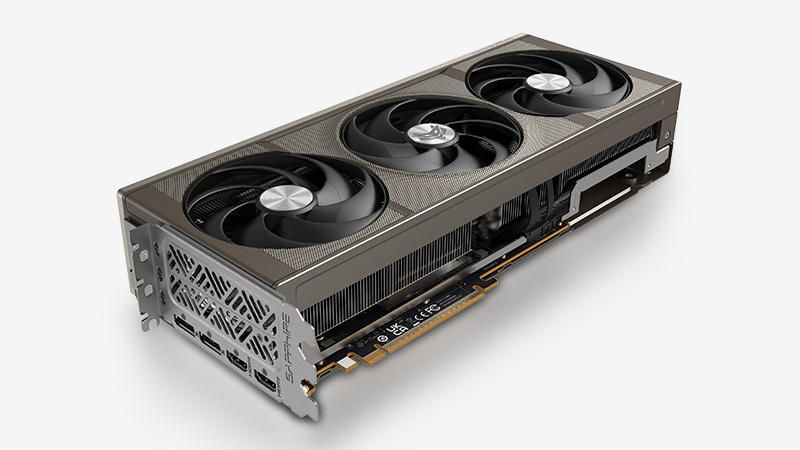
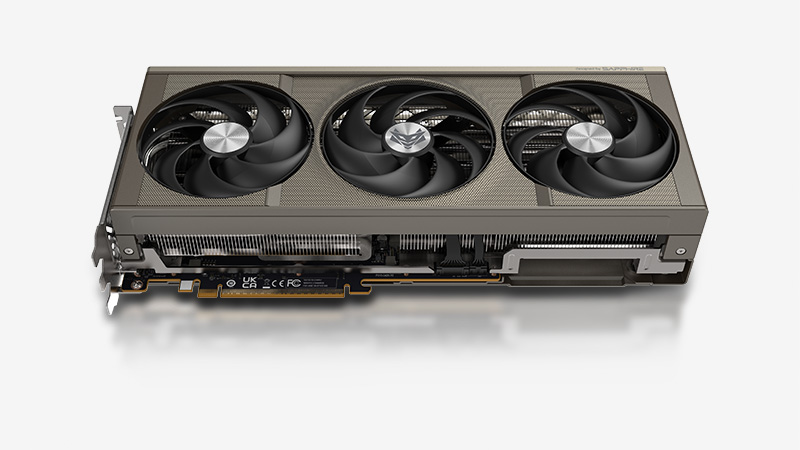
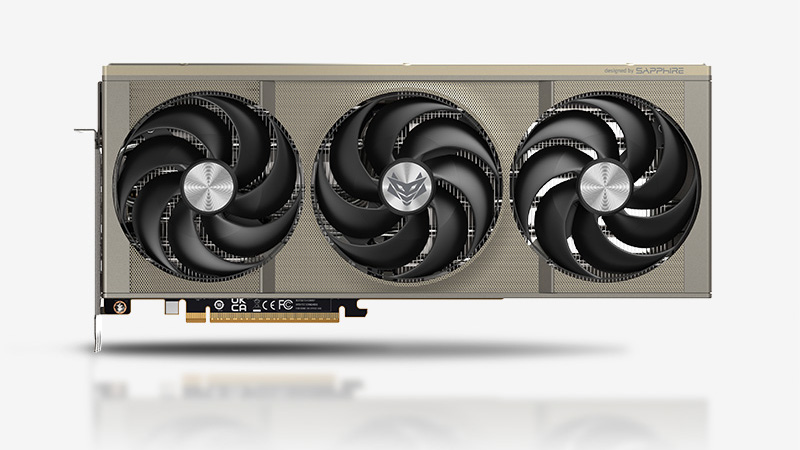
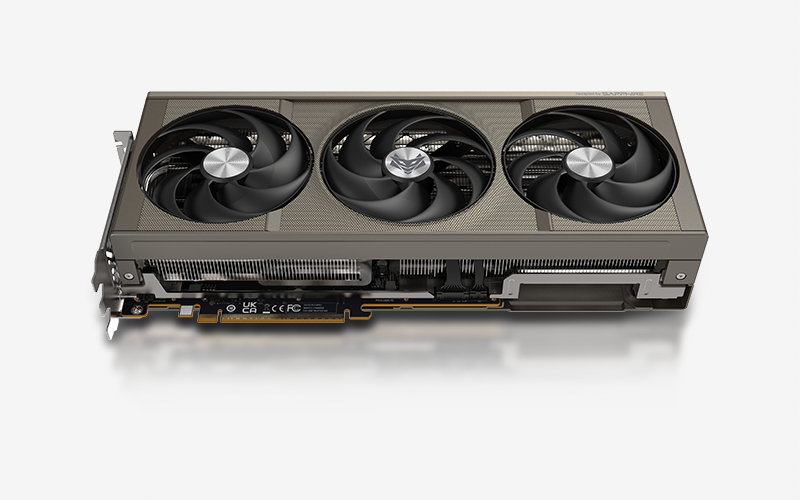
The result is a clean design with no visible power cables drooping from the GPU's side. The new RX 9070 XT Nitro+ is the only GPU we know that boasts this "cableless" look with the 16-pin power connector. The closest Nvidia cards that mimic Sapphire's design are the Gigabyte RTX 4090 Windforce V2, which sport side-angled 16-pin connectors but nothing to cover the cable. The only true cableless competitors to the RX 9070 XT Nitro would be cards such as Asus' BTF-series RTX GPUs, which come with a completely proprietary PCI-like finger on the bottom of the card to provide supplementary power. However, this finger is limited in compatibility with only motherboards that sport its proprietary power-connector standard.
For those worried about the 16-pin melting, as has been the case for so many RTX 4090s and even RTX 5090s, Sapphire has installed a pair of fuses next to the connector that will blow before the connector gets damaged.
The new RX 9070 XT Nitro+ is the first RX 9070-series GPU we've seen with a 16-pin power plug. How many partner variants will opt to go with the newer 16-pin standard is unknown, but the new connector won't be a mainstream option on these GPUs. Most AIB partner versions of the RX 9070 and RX 9070 XT will come with either two 8-pin or three 8-pin power connectors. The RX 9070 XT Nitro+ is also not the first AMD GPU to sport a 16-pin connector; the ASRock RX 7900 XTX WS is allegedly the first AMD GPU to sport the newer connector.
Besides its fancy cable-hiding trickery, the RX 9070 XT is a large triple-fan triple-slot graphics card with a silver color scheme. If history repeats, the Nitro+ model will be Sapphire's flagship variant and the fastest version of the RX 9070 XT in its lineup. The GPU comes with Sapphire's Tri-X cooling technology and optimized composite heat pipes. Power delivery is comprised of a 16-phase power delivery system installed on a high TG copper PCB allegedly comprised of 12 high-density layers of 2oz copper.
The new card also comes with a "Cold Rolled Steel Frame" that improves durability and provides extra protection. Sapphire also provides an L-shaped support bracket to protect the graphics card from GPU sag. Clock speeds on this specific model are rated at up to 3,060 MHz for the boost clock and 2,520 MHz for the Game clock.
Get Tom's Hardware's best news and in-depth reviews, straight to your inbox.

Aaron Klotz is a contributing writer for Tom’s Hardware, covering news related to computer hardware such as CPUs, and graphics cards.
-
King_V This just begs the question: why? The RX 9070 XT isn't going to pull that kind of power. Let's even say the Nitro+ overclocks enough to to run consistently 60W over the 304W standard.Reply
At 364W, you're still within the envelope of 2x8 pin plus the PCIe slot. How much power are they planning on this card to pull? -
magbarn Aesthetics is the reason for this. Actually I approve of this as there's quite a large margin for safety. You don't see hardly any melted 4080's which draw around 300 watts. The 400+ watt cards are the ones smoking their 12x6 connectors.Reply -
King_V That's fair, though it looks as if this could've easily accommodated dual 8-pin connectors. And, if I'm recalling correctly, the 16 pin connector's cable tends to be stiffer, doesn't it? That suggests to me that the dual 8-pin would work at least as easily.Reply
And, I think even with dual 8-pin, there would still be room for the LED cable.
EDIT: I should admit that the aesthetics are quite appealing on this card. I'm just not convinced that moving to the 16-pin connector was necessary for it, not do I think it's a good idea. -
DS426 I'm a big Sapphire fan, but this is a HARD no for me. AMD is specifically trying to avoid the 16-pin issues, but Sapphire has now made the Radeon brand vulnerable, even if they are the only AIB that does this.Reply
BTW, this must be on the 340W TBP models that AMD was talking about in their presentation. -
ekio They were jealous to see the competitor's cards burning ?Reply
I would never buy their model then. -
tennis2 Nobody has noticed that this places the connector right under an active fan? Smart actually, for a connector that likes to melt itself.Reply
Would've been neat to see a small heatspreader plate connected to the heatsink fins where the connector sits also! -
lmcnabney I've perused the specs of all of the board partners that have their 9070XTs listed. Asrock's Taichi SKU also used the 12V-2x6 connector, but the connection isn't hidden like Sapphire's Nitro+. When looking at the other manufactures it seems the hot-clocked cards get either three 8-pins or the 12pin while the moderately or stock clocked will use the two 8-pins.Reply
The highest published clock is the Taichi which boosts to 3100mhz. That's a 4.4% OC. Can they successfully get a big premium for an improvement that will likely fall within the margin for error in most testing? I would be happy with being closer to stock, only eating 300W, being less than 300mm long and maybe only taking up two slots. -
TJ Hooker It almost looks like this configuration forces you to violate the connector minimum bend radius (unless you have a horizontal, 90-degree connector, but I'm not sure if I've ever seen a 12 pin connector like that). Without dimensions I'm just speculating though.Reply
But as said above, the fact that it's right next to the heatsink fins and in the path of the fans probably helps, plus it not being a super power hungry card. -
King_V Reply
Alright, that's an excellent point. I still don't feel that this is overall a good idea, but it seems they're trying to mitigate the consequences with more than just the fuses, so, kudos on that.tennis2 said:Nobody has noticed that this places the connector right under an active fan? Smart actually, for a connector that likes to melt itself.
Would've been neat to see a small heatspreader plate connected to the heatsink fins where the connector sits also!